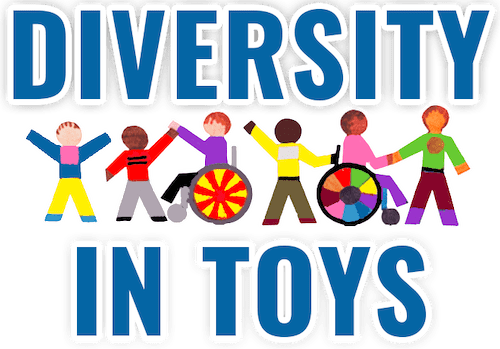Happy Disability Pride Month!

DID YOU KNOW…???
Many Americans celebrate Independence Day every July 4th. However, this month is significant for another group of people who fought for freedom one summer over a decade ago. Each July, folks around the world celebrate Disability Pride Month. This month is so designated to remember when more than 1,000 people marched on Washington, D.C., to demand the passage of the Americans with Disabilities Act.
Importantly, this crowd was led by disabled activists who knew they had to fight for their own rights. The march culminated in a public display of civil disobedience that has become known as the Capitol Crawl. Upon arrival at the United States Capitol Building, dozens of activists with physical disabilities removed their mobility aids and crawled up the building’s hundred steps.
This was done to demonstrate how physically inaccessible most public buildings were. Among the activists was 8-year-old Jennifer Keelan-Chaffins, who had cerebral palsy. Keelan-Chaffins famously insisted that she would make it to the top of the stairs “if it takes all night!”

At the time these activists were treated as unlawful protestors, with many being arrested. However, this movement captured the attention of the public and of politicians who realized the need for protective legislation. On July 26, 1990, President George H. W. Bush signed the Americans with Disabilities Act (ADA).
Now, July is celebrated as Disability Pride Month to commemorate this amazing history and to celebrate individuals with disabilities around the world.
What did the Americans with Disabilities Act do?
The Americans with Disabilities Act of 1990 is a civil rights law that offers protections for individuals with disabilities in all areas of public life in the United States. The ADA does this in two ways. First, it prohibits discrimination based on disability. Second, it specifies provisions that employers and public facilities must provide for disabled employees and visitors.

The ADA is notable for how comprehensive its protections are. The five sections included in the ADA are Employment, Public Services by State and Local Government, Public Accommodations and Services Operated by Private Entities, Telecommunications, and Miscellaneous. Under each Title are included types of physical infrastructure that public spaces must have to be accessible for folks with disabilities, steps that businesses are required to take to accommodate guests with vision, hearing, and speech disabilities, regulations for public transportation providing service to disabled commuters, and anti-discrimination guidelines for employers interviewing and hiring folks with disabilities.
Some of these items sound obvious now. But, it’s crucial to remember that these sorts of accommodations weren’t always common! Only through the action of brave protestors were these legal protections extended to folks with disabilities.
Why Disability Pride?
The way our society talks about disabilities has shifted a lot in the last several generations. Today, disabilities are seen as part of the spectrum of human diversity. Much of this progress is due to the work of pioneers like those who fought for the passing of the ADA.

The big reason why we celebrate Disability Pride as opposed to just Disability Acceptance or Awareness is that for many folks, their disability is an integral part of who they are. Their disability intersects with much of their life experience. So, it is impossible to separate who they are as a person from who they are as a disabled person. Disability Pride is a movement to embrace every disabled person as they are, and to empower them to embrace themselves.
The second reason why we celebrate Disability Pride is that we believe that having a disability is not something to be ashamed of. While for most of history folks with disabilities have faced stigma and disrespect, this is more a condemnation of the society that treats them this way than of the person who suffers the indignity. Discrimination is not reflective of who they are but rather a reflection of the society that chooses to discriminate and exclude – a society that can be changed for the better.

Each color symbolizes a different category of disability: Red for physical disability, Gold for neurodiversity, White for invisible disabilities, Blue for emotional/psychiatric disabilities, and Green for sensory disabilities. The diagonal slant symbolizes cutting through barriers that separate disabled individuals from the rest of society.
The last reason why we celebrate Disability Pride is that we value the perspective that individuals with different lived experiences, including those with disabilities, bring to the table. Disabled folks have been innovators, scientists, activists, artists – in short, world changers! Many say they have been able to achieve these things not despite their disability but often because of the way that their disability helps them see the world. Celebrating Disability Pride means taking time to recognize the impact of individuals with disabilities in our world and making sure that there is space for future disabled folks to likewise share their gifts with us.
Follow us this month as we dig deeper into this topic and continue to Celebrate Disability here at Diversity in Toys!
